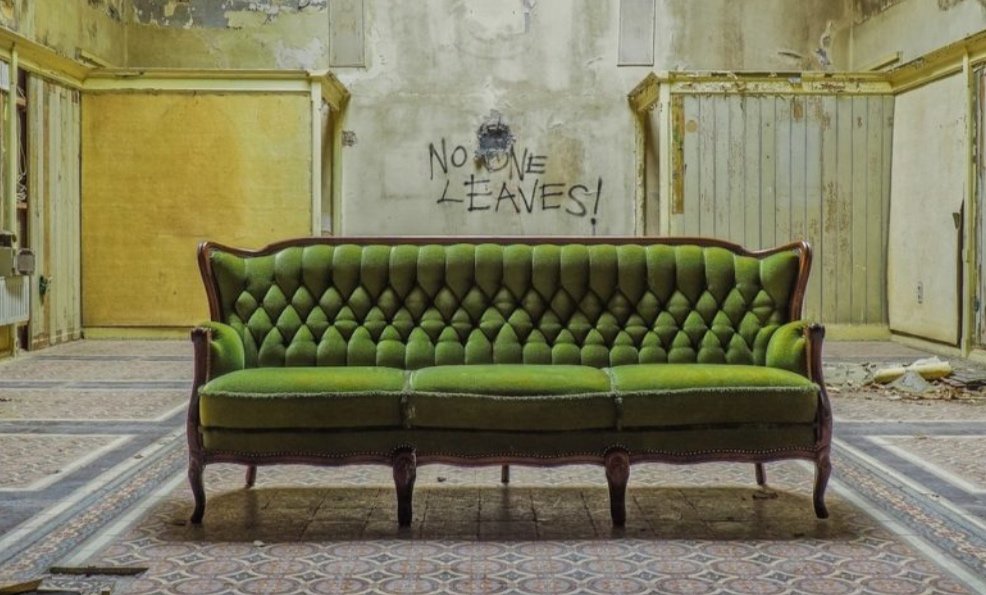Leaving Sutton Place
Mara Kurtz
Word Count 779
I always thought of my mother as an imposing figure who towered over me. Now she looked like a delicate bird. The only color in her face was pink powder I’d brushed on her cheeks and Revlon’s “Paint the Town Red” lipstick, her favorite.
She smiled at me trustingly as we held hands in the back of our Volvo station wagon my husband driving. I could see chipped silver polish on her brittle, childlike nails. The red and gold Hermes scarf she bought in Paris in 1965 resting across her shoulders. How ironic that after so many years in a combative, dysfunctional relationship, I felt such love for her.
Though a bit nervous, she clearly trusted me. I smiled and talked non-stop about the charming “adult hotel” to which she was moving. (I wondered if she envisioned the Waldorf). But it felt like a terrible betrayal. As if this trip to the SkyView Nursing Home in upstate New York was like delivering her to Auschwitz. It seemed remarkable that God did not strike me down on the spot.
It would be her last day on the “outside.” This morning had been her final stay in the Sutton Place apartment she’d shared with my father for over thirty years.
SkyView overlooked the Hudson River from a high bluff. The pink and white flowery print wallpaper in my mother’s sunny room was a perfect backdrop for the ornate French desk and two matching chairs with silk cushions I’d brought up the day before. Three rows of silver framed family photographs hung on the wall opposite the bed, a timeline of her life.
She looked slightly confused but smiled when it was time for me to go home. "I’ll see you in two days, I said.” She held up two fingers on her right hand and waved them from side to side, repeating “See you in two days.” A nurse brought dinner.
The author’s mother
The following day I stood in the middle of her silent Sutton Place living room. I could hear the clock ticking. The furniture looked like it was waiting for my mother to return. As I scanned all her treasures, I realized that getting rid of everything might be a greater challenge than I anticipated. I’d already removed the small Noguchi sculpture and Miro lithograph, and stored her vast collection of antique jewelry in the back of my closet. I reminded myself repeatedly that I was not emotionally attached to anything. But some of the pieces suddenly looked like old friends.
I arranged the contents of the apartment to look like a showroom for the dozen or more dealers who would be coming to buy her designer clothes, collectible pieces of art and silver, and antique furniture and rugs from various periods. After three months of daily appointments, it was over. One by one, each piece had been picked over, and insulting offers accepted. I was in no position to negotiate. In the end I managed to sell all but a few pieces too large to carry.
It was especially heartbreaking to arrive one morning at the side entrance to my mother’s building and see everything that I hadn’t sold or donated sitting on the sidewalk. The building management had refused entrance to Housing Works and the Salvation Army because of insurance requirements and simply dumped what remained onto the street. The curved steel and brass bed, her striped satin sofa from Bloomingdales, a large white coffee table which always held her beloved silver candlesticks.
As I left the building for the last time I cried walking past my mother’s lifetime of treasures piled next to the garbage.
I had frequent nightmares in which I saw my mother’s possessions appeared. The objects that appeared most often were six sterling silver candlesticks, one pair a birthday gift from my father in Paris. They sat in the same spot on the white coffee table in the living room for as long as I could remember. I was tortured by the memory of selling them at the last minute and decided, after one particularly bad dream, to call the dealer and buy them back. I finally experienced my first full night’s sleep in four months.
When I awakened the next morning, I thought about the painful Skyview experience and the day my mother realized she would not be “going home.” Instead of being angry, she’d said “I know this is an institution. But if you have to be in a place like this, this is the one to be in. They are very nice to me.”
As I left that day, I asked what she’d like me to bring when I returned. She replied, “Nothing, just bring yourself. I have everything I need.” Then she lifted her right hand and waved two fingers, calling out, “See you in two days.”
Mara is a graphic designer, photographer and illustrator and founder of Mara Kurtz Studio.
Her work has been published in numerous publications including Metropolis, New York Times Magazine, New York Magazine, Conde Nast Traveler, Travel and Leisure, and The Wall Street Journal.
She has been a Professor at Parsons School of Design,The New School, NYU and School of Visual Arts since 1990. She is a graduate of New York University and Parsons School of Design. She received an MA from The New School in 1995.
The Rock Hill Pictures, a book of Mara's documentary photographs, was published in 2012.

